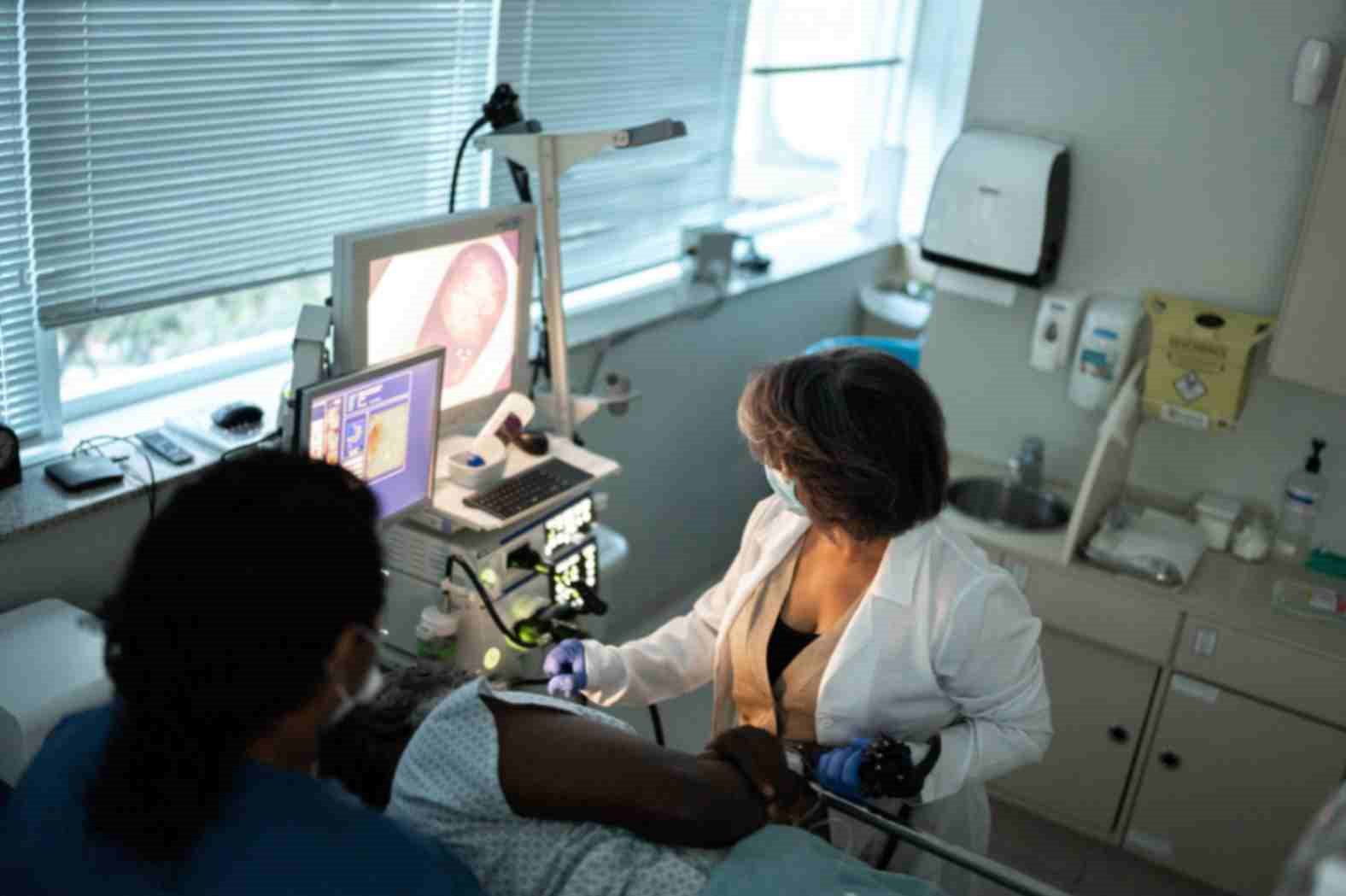The recent recession in Latin America saw the region’s nominal GDP slide in dollar terms from US$ 5.6 billion in 2014 to an estimated US$ 4.2 billion by year end 2016, putting additional financial strain on already underfunded public health programs.
While countries throughout the region have made efforts to expand healthcare coverage to include a greater percentage of their population, public health spending in Latin America averages only 3.7% of GDP versus an OECD average of 8.3%. The result is often a tradeoff between the accessibility and the depth and quality of care.
The range of public services and their utilization are typically limited to more catastrophic health needs. An in-hospital doctor consultation may require a full day in line, or be limited to only 10 minutes.
The 100 million Latin Americans who ascended to the middle class over the past decade generate larger disposable incomes and are increasingly dissatisfied with such care – they are willing to pay an out-of-pocket premium in order to achieve faster or higher quality care. The fiscal budget crunches resulting from the 2015-16 recession are only expected to further private expenditures as private care rises to fill in the gaps left by the public system.
Download the complete report for more information.




I don’t think the title of your article matches the content lol. Just kidding, mainly because I had some doubts after reading the article. https://accounts.binance.info/fr-AF/register?ref=JHQQKNKN